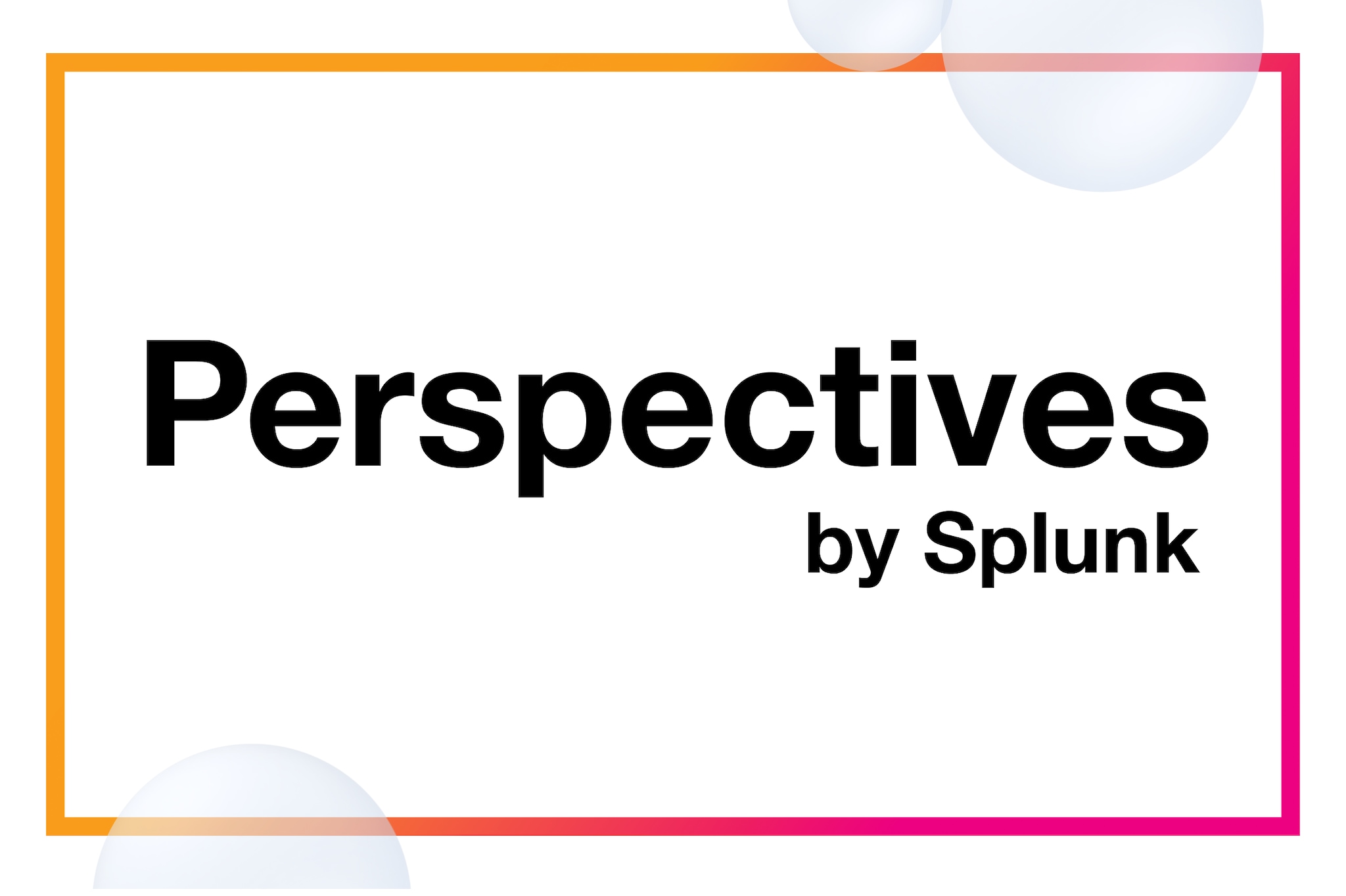AI-powered attacks are the most feared incidents
In May 2024, the FBI made a statement explaining that cybercriminals are already “leveraging publicly available and custom-made AI tools to orchestrate highly targeted phishing campaigns,” a warning that probably surprised no one in cybersecurity. Cybersecurity is one of the few industries in which the excitement of AI is met with pragmatism. AI is touted across manufacturing, marketing, retail, and a laundry list of other industries as game-changing and a surefire way to boost productivity. While the concerns of AI making jobs redundant or deprioritized may loom large, it’s primarily cybersecurity defenders that must deal with external adversaries using AI for malicious purposes.
Although 46% of security teams declare that generative AI will be “game-changing,” nearly the same percentage (45%) of respondents predicted that adversaries would benefit most from it. Respondents also cited the AI-powered attack as the top concerning type of cyberattack. However, that AI anxiety may be dissipating. Eight months prior to data collected for State of Security, only 17% of respondents in our CISO report said generative AI would advantage defenders.
When it comes to cybersecurity, fear of the unknown is valid. You can’t protect what you can’t see; that’s why it’s so important to have visibility over your assets and the vulnerabilities associated with them.
But it’s even harder to protect against what you don’t know. While most organizations have processes to defend against well-known attacks like data breaches, they don’t know yet what will stop AI-powered attacks, how they will occur, or even what form they may take. Adversaries and defenders alike are intrigued by the art of the possible, with one distinction: many adversaries are untethered by policies, corporate red tape, or ethics. And when attackers armed with AI prey on the most vulnerable vector — an organization’s end users — to divulge sensitive information, such as with highly targeted voice and video cloning, defending against the art of the possible is an overwhelming prospect.
How AI will amplify the threats you know (and don’t love)
AI-powered attacks were the most concerning attack type, but it didn’t even make the top ten of incidents that were actually experienced. More common incidents included data breaches, with over half (52%) of respondents experiencing one in the past two years, business email compromise (49%), and system compromise (49%).
The impact of generative AI is more likely to be an amplification of existing threats rather than a sudden surge of new attacks. Our respondents agree; 32% believe it will make existing attacks more effective (the top use case), and 28% anticipate an increase in the volume of existing attacks. This underscores the need for cybersecurity professionals to focus on fortifying their defenses against known threats.
Another familiar — and arguably the most concerning — risk is data leakage, which 77% of respondents believe will increase with the use of generative AI. A rogue end user putting sensitive company data into an LLM can undo years of hard work from the cybersecurity team. Yet, only 49% say that blocking data leakage is a top priority for generative AI governance. Currently, there are limited options available that control the flow of data in and out of generative AI tools, which is a critical gap.
If there's one area where AI concerns should be directed, it's policy and education — both good strategies to help mitigate the risks associated with its use. A staggering 93% of respondents use generative AI across their businesses, yet 34% don’t have a comprehensive usage policy, and 65% admit to a lack of education about the implications of generative AI.
Proper education can encourage end users to interact with public LLMs responsibly and avoid costly mistakes. Thoughtful policies, backed by a cross-functional governance board, will go a long way in minimizing data leakage and other risks that generative AI introduces. By implementing these measures, cybersecurity professionals can better control the situation and help to mitigate the risks effectively.
Delve into the full report for more insights and recommendations on the impact of generative AI in 2024 as both threat actors and defenders race to harness its advantages. The report also delves into a changing threat landscape, the consequences of tightening compliance, and AI’s role in the talent shortage.






